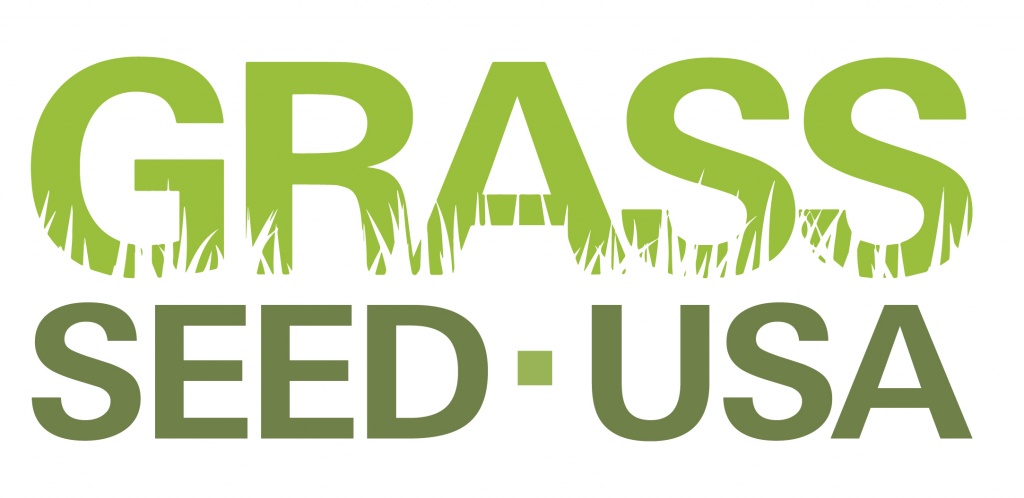Our Lawns have Become Our National Parks – Here’s How to Care for Them
You hear them every spring, calling and singing throughout the day, a clear sign that longer days and warmer temperatures are on their way. No, they aren’t the chickadees, robins and other songbirds, these are the kids playing on lawns across America. Even the adults get in on this vernal revelry when casual waves of winter transform into lengthy outdoor conversations, a spring ritual as predictable as the migrating geese overhead. Our lawns play silent host to these rites of spring. Far from an ornamental presence, our lawns remain our favorite place to sit, ponder and play with family, neighbors, and passers-by.
Our lawns may never play a more pivotal role in our lives as they do today, an outside place where we can safely spend time, exercise and relax. Here, we can exert physical energy, re-focus our thoughts and even call out to a neighbor across the street or down the sidewalk. Whether performing yoga or simply breathing in the spring air, when we spend time outside we lower stress, blood pressure and heart rate, according to a recent study in the International Journal of Environmental Health Research. The study, as described by Time journalist Jamie Ducharme, states “Spending just 20 minutes in a park, even if you don’t exercise while you’re there, is enough to improve well-being.”
Our lawns serve as our public parks today, private green space where we can take respite and rejuvenate within the environs of our home. Like our yards, lawncare has taken on a new meaning recently, an opportunity to spend time and share a purpose with family. Older kids take their first turn with the mower, younger ones help pull weeds from the flower beds, take the time to identify insects, follow a worm’s trail and create a nature scavenger hunt to discover the many lawn inhabitants. Dandelion stems still make great curly cues when placed in water, a bit of yard magic that reminds us to slow down and enjoy the simpler parts of present-day life.
Spring is also the best time to strengthen our lawns with a little TLC. Sure, they can take a lot of wear and tear but some focused care when grass is eager to grow will yield benefits for the entire year. Now is the ideal time to rake, aerify, interseed and water, the four most important steps to maintain a dense, healthy lawn. These four steps are also great family activities, a vibrant, hands-on illustration of how our lawn is a living ecosystem that benefits directly from our stewardship.
Raking and aerifying also provide excellent aerobic exercise. Raking reveals thin patches in the lawn. Often overlooked, aerating breaks up winter soil compaction, allowing oxygen, water, and other nutrients to move more freely within the soil, promoting the vitality of the grass.
Choosing the right seed for your region and specific location is always critical. Dr. Alec Kowalewski of Oregon State University recommends a seed blend with a high concentration of perennial ryegrass, but notes irrigated but shady lawns do better with fine fescues and tall fescues for non-irrigated plans. After calculating how much seed is required for a specific area, children can assist in interseeding the lawn.
Though often assumed to be frivolous, watering in spring is very important according to grass experts, a time when lawns benefit greatly from 1-inch of water each week. In fact, when you water consistently in early spring the root structure will improve so much your lawn will require less watering during summer months. Have your kids keep a schedule for deep watering twice a week, the amount recommended by the University of Maryland agronomist, Geoffrey Rinehart. Watering can also create discussions about seed germination, kitchen-based seed experiments, and observation of grass growth that kids can record as we move further into spring.
Like the shouts of kids and songs of birds, lawnmowing is another acoustic signal that spring has arrived. Dr. Cale Bigelow of Purdue University’s turf science program reminds us that cutting grass early avoids that major first scalping, which adds unnecessary stress to the grass. Long considered a weekly obligation, mowing this year also means were outdoors and moving around. This ritual also provides an excellent opportunity to pass on responsibility to an older child.
It is best to mow grass at a height no lower than 3 inches, says Mr. Rinehart, who created the “Grass Roots” turfgrass exhibit at the U.S. National Arboretum. The more leaf tissue there is, the more each blade can withstand foot traffic and allow the plant’s growing point, located at the base, to thrive. Subsequent cuts should never exceed more than 1/3 of the grass blade.
Dr. Bigelow recommends the removal of early grass clippings the first couple of times you mow to prevent unwanted shading as the plants gather early season sunshine. Once your lawn’s growth cycle gets going you should “grasscycle” by leaving the clippings on the yard, a practice Dr. Grady Miller of North Carolina State University says will provide up to 25% of the lawn’s fertilizer needs. As far as the other 75%, Mr. Rinehart suggests twice-yearly application with a slow-release nitrogen formula, lightly in mid-May and fully in mid-September.
Our lawns have always provided refuge, a wonderful patch of green upon which we relax, play and even pitch a tent for an impromptu camping trip. Early spring is the perfect time to engage our families to get ready for a spring and summer spent outdoors on our lawns. Doing so will not only make our yards look better, it will make us feel better at the same time. Visit the Grass Seed USA website to learn more about creating a dynamic lawn this spring.
